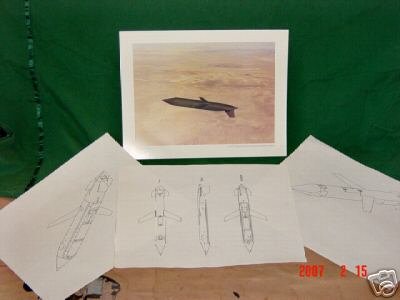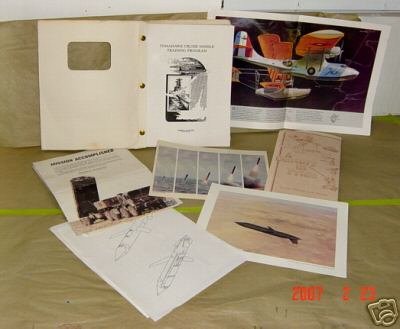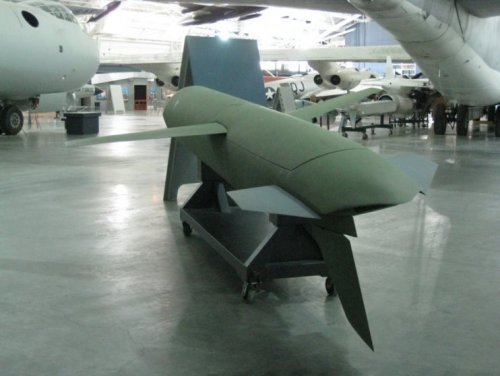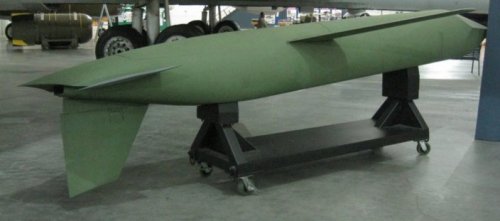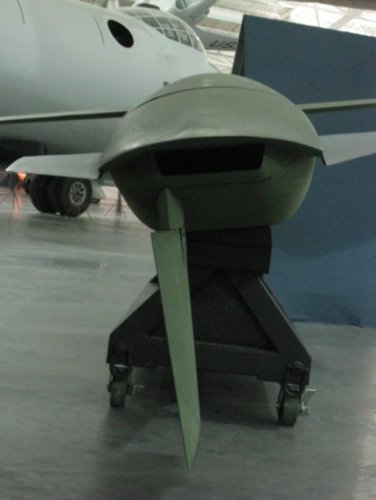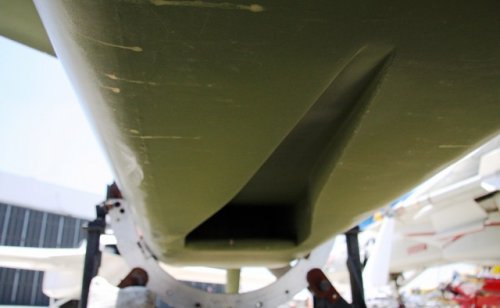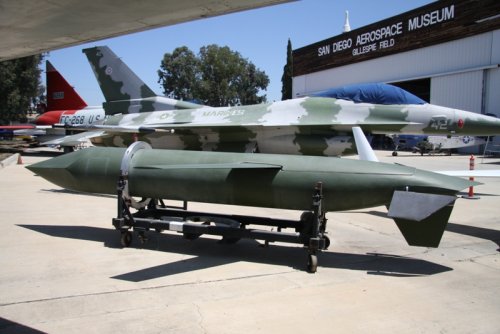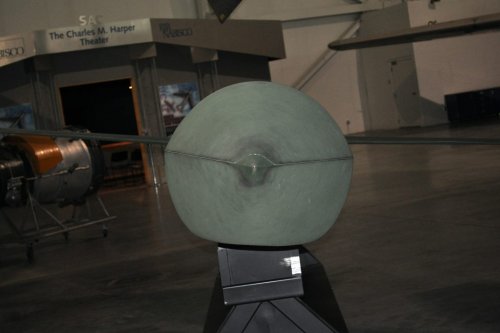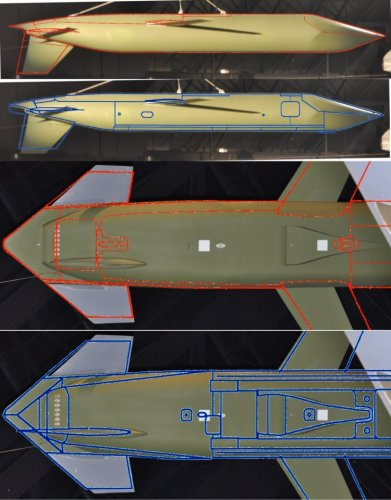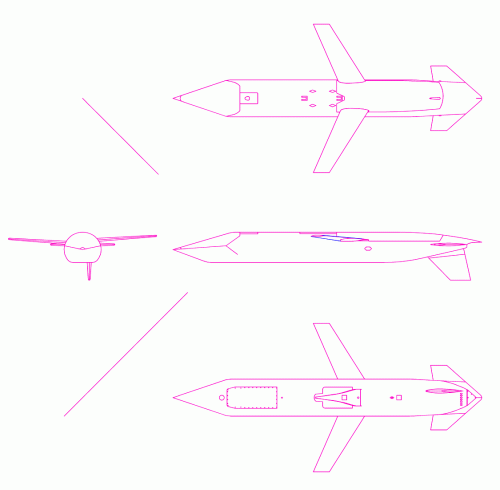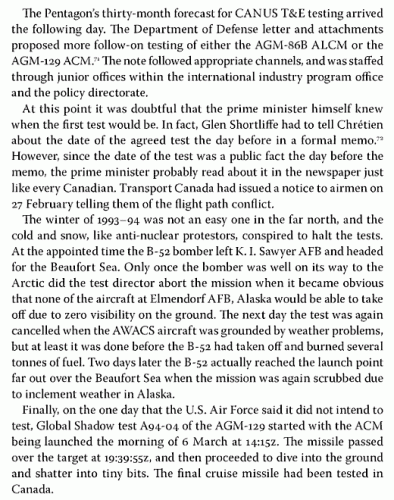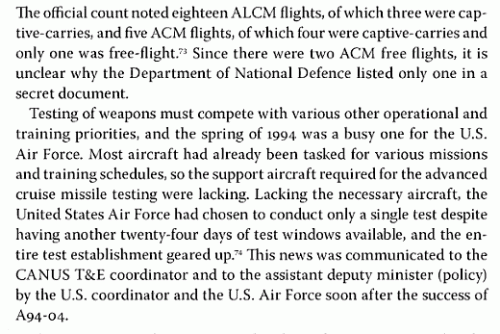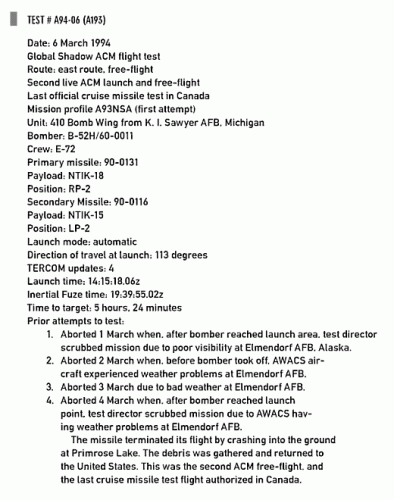Because in the eyes of the 'cult of Transformation', that controlled the DOD and the Armed services until recently (and which still has an unhealthy amount of influence, IMO), the JASSM was 'Transformational' and therefore perfect. No matter that everyone else could see it was a major disappointment at best, and a hideous disaster at worst. Remember, to the disciples of Transformation tenets such as 'COTS is best', 'Systems are Important, platforms don't matter', 'It's no longer the Cold War, get over it', 'Armor?, who needs it', and 'Faster, Cheaper, Better', were matters of holy writ, and to hell what what history and anyone else had to say about it.


